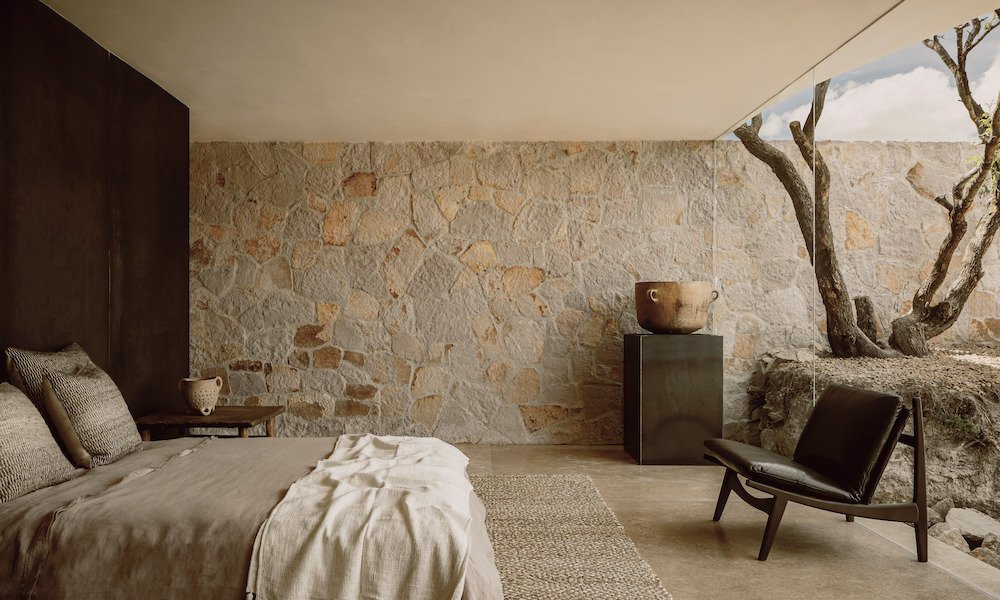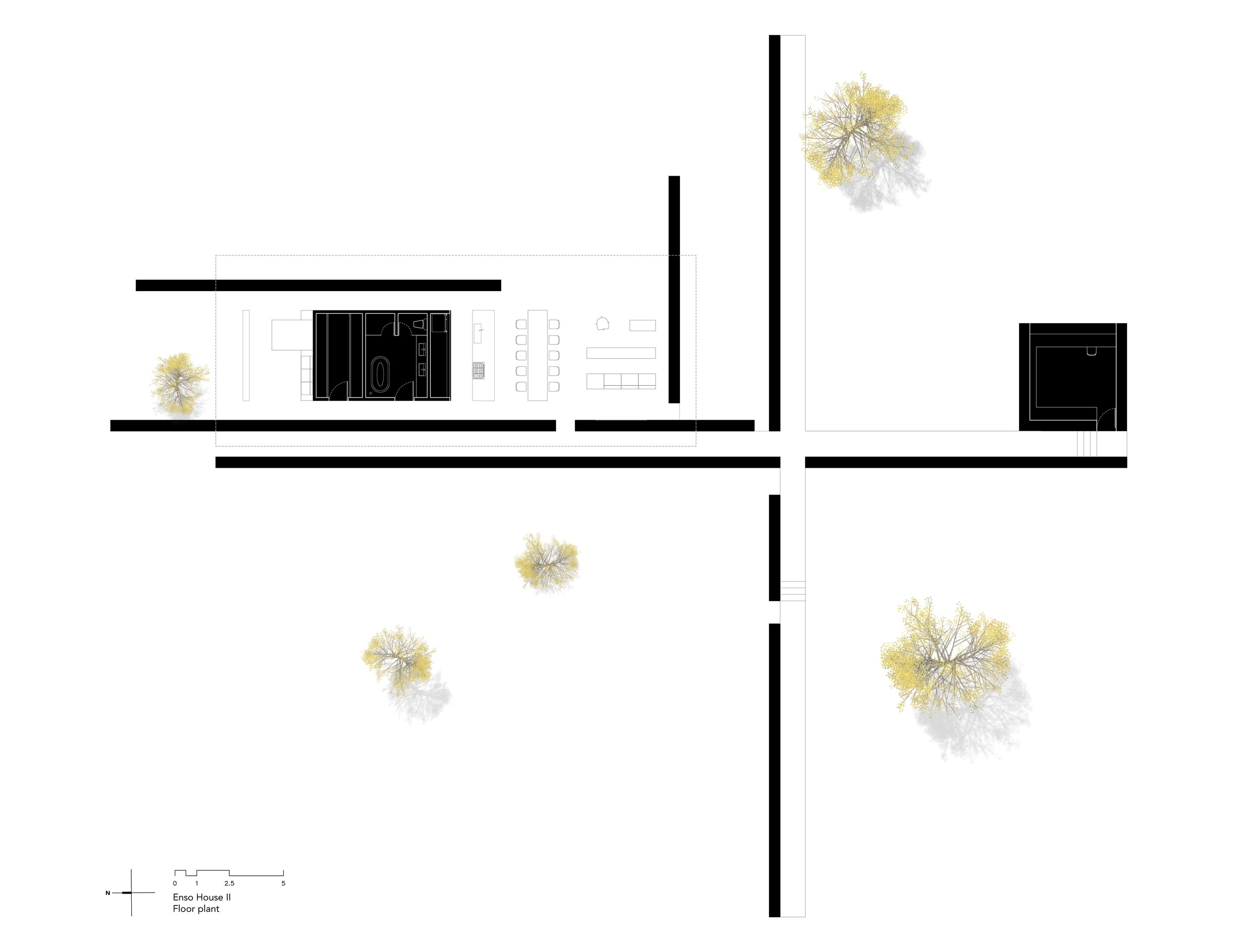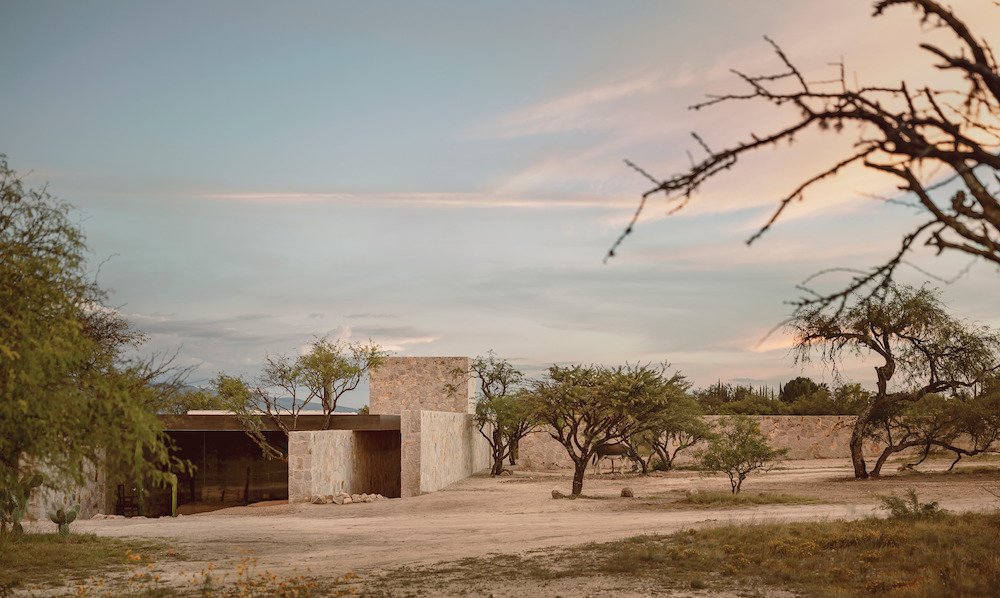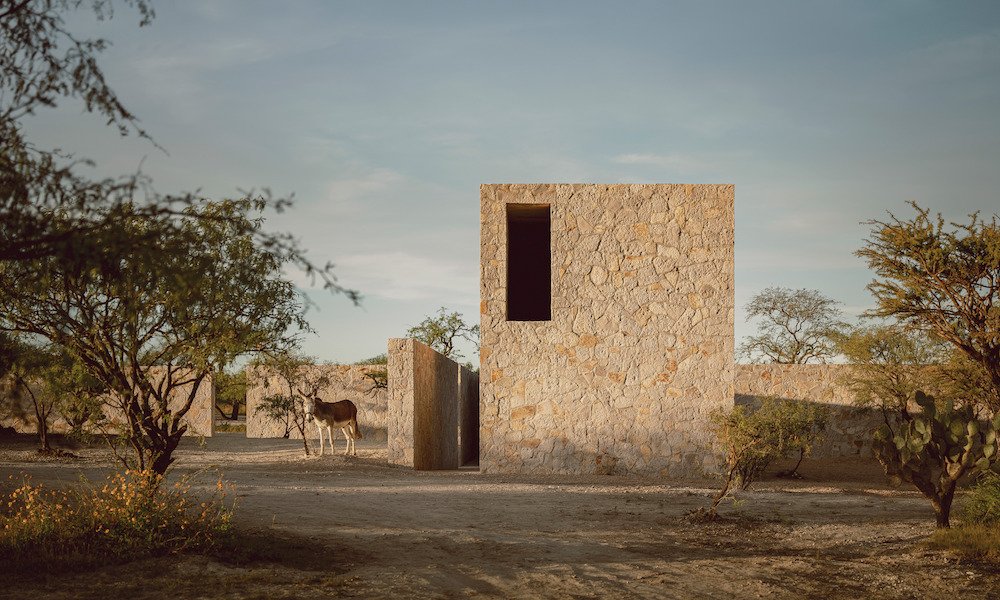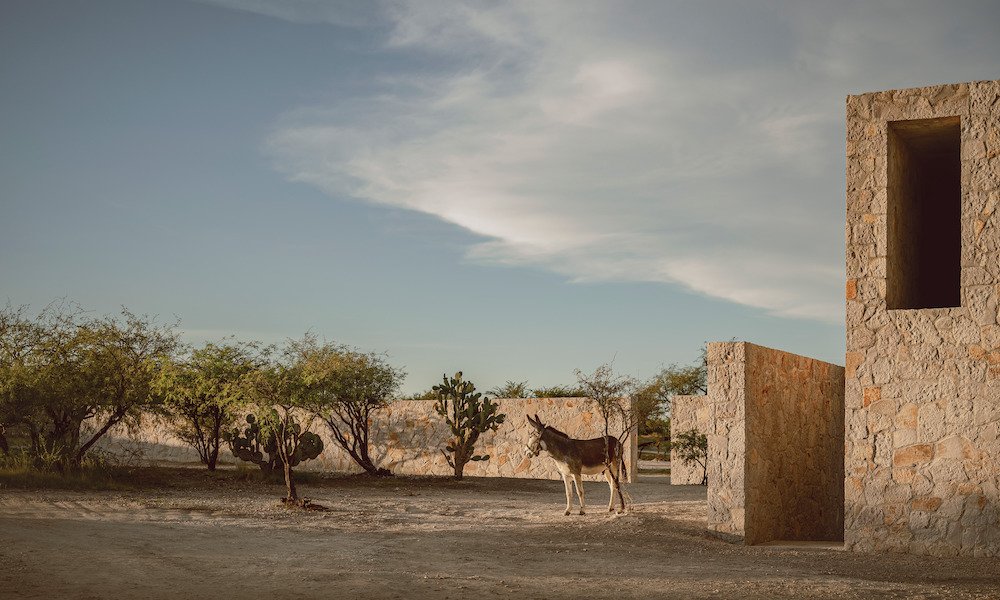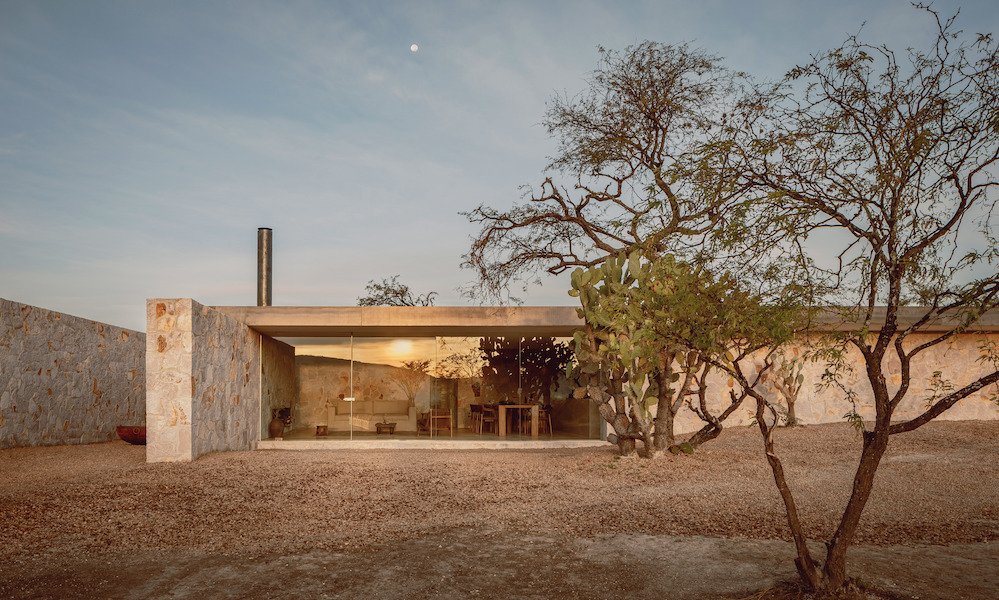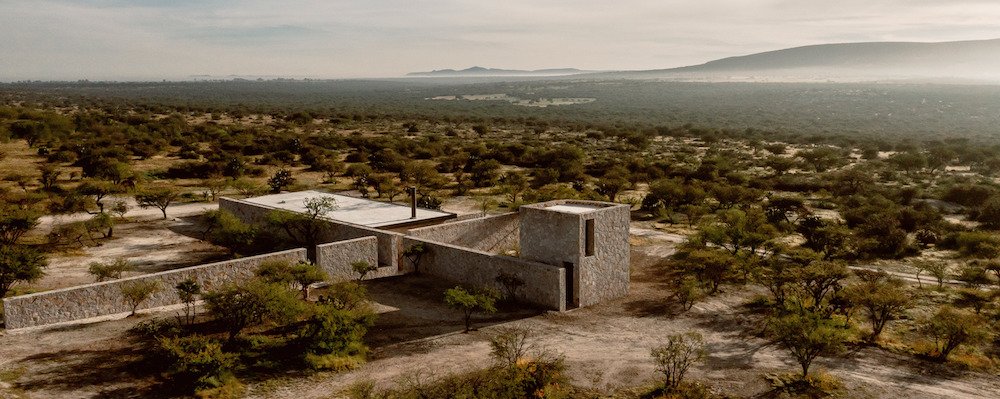#HeatSeries - Enso II, Mexico
The planet is overheating this Summer… Here is a series dedicated to homes created to hide in the shade to avoid the boiling temperatures.
Episode 1 – Enso II by HW Studio, Guanajuato, Mexico
Designed in the image of its natural surroundings, Enso II by HW Studio follows extensive historical research to be built in the region of Guanajuato, known for its specific constructive identity.
That finding is clearly reflected in its architecture, traditional kitchen utensils, aqueducts, legends, and even heroes like Pípila, who carries a large rock on his back to protect his regiment against bullets.
In the region, stone is an element deeply rooted in all forms of cultural expression. Accordingly, the material for this architectural piece was easily selected. In addition, there was a materials bank and capable labour nearby; a dialogue of respect between the artifice and its environment was encouraged.
The entire complex (195sqm) in San Miguel de Allende is organised on the basis of a cruciform plan; thus, the space is divided into four quadrants by a cross of stone alleys defining the paths, framing all moments, and separating one quadrant from the other.
Once divided, a "vocation" was assigned to each of these quadrants: the lower right quadrant receives the inhabitants upon their arrival; it has the vocation of housing an endemic garden that reinforces, protects, and welcomes living beings and humans. The second quadrant hosts the cars; special care was taken to the trees during construction, as they would provide shade to protect the cars from the sun.
To top it off, a long, barely arched stone wall protects the entrance, avoids looking inside the house, and emphasizes the horizontal presence of the mountain in the background. In the third quadrant, there is a one-bedroom house; the public spaces are separated from the private ones by a single volume containing bathrooms, a dressing room, and a service area, which breaks with the open floor plan. The fourth quadrant houses the office; this is the only visibly prominent vertical element that contrasts with the horizontality of the landscape and the rest of the elements, a gesture that flirts with the iconic volumes of the Santa Brígida mine in Mineral de Pozos.
The dispersion of these spaces forces a permanent pilgrimage between spaces; it forces contact with the earth, the air, and the mountain, like an ancient monastery framing the landscape, but at the same time forming a natural part of it.
Pictures by Cesar Bejar. Video: Montse Roma


